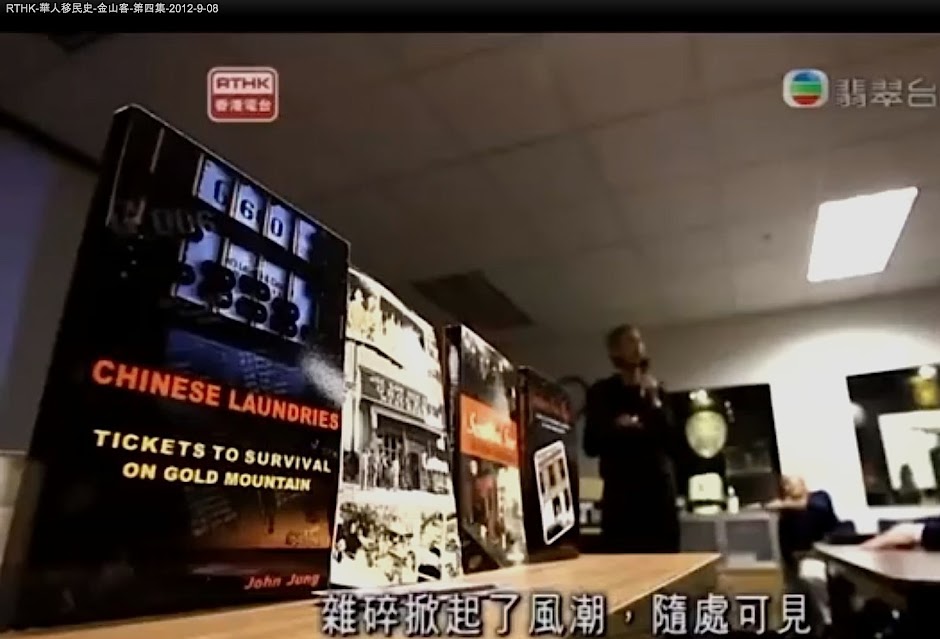In 1890, Ah Jung, a clever Chinese crook
hatched a scheme of tunneling beneath the First National Bank of Portland to
drill into the bank vault to steal its treasures. Ah Jung recruited the aid
of Chuey Gum who ran a laundry across
from the bank with promises of gold for him and the laborers in Chuey Gum's
laundry. Using the old laundry as the center of operations Ah Jung patiently
worked for a year to dig a deep ditch under the boardwalk to arrive directly
beneath the bank vault. He removed the section of the brick casing and laid
bare of the steel of the vault.
Then he waited patiently until after banking hours on Saturday, September 12, for the final task. He cut his way with tools, and possibly with acids, and created an opening in the bottom of the vaultA stream of gold poured out yielding $9500 and $20 gold pieces before a Bill Book slid down to block the opening in the safe preventing the theft of over $6000 in gold as well as currency, silver, and papers more valuable than what he did steal.
The robbery was not discovered until Monday morning when the bank opened. None of the authorities thought there was any remote connection with the Chinese in Portland.
Two weeks later Chuey Gum took a trunk to The Dalles Express office and prepaid to send it to San Francisco by train. Nervously waiting for the train to arrive in several hours, he made frequent trips to the office during the rest of the morning to check on the trunk. The station agent became suspicious and summoned the sheriff. They opened the trunk and found a portion of the loot wrapped in an old pair of Chinese pantaloons.
Frightened, Chuey Gum broke down and told the whole story. Ah Jung had paid him $2000 for silence from him and the workmen in his laundry. Ah Jung, had timed the crime to the last detail. By the time the robbery was made public, he was already in San Francisco and before Chuey Gum had been arrested, Ah Jung was far out to sea on a China bound steamer.
Chuey Gum was convicted and sent to the state penitentiary. After his release he went back to China but returned to the U. S. in 1910 bringing a boy of 18 who he swore was his son, Chuey Sim.
Ah Jung took his gold to Macau where he lost it in an illicit enterprise. Chuey Gum became a member of an opium trading concern and later returned to China where he became engaged in banking.
As for Chuey Gum's alleged son, Chuey Sim, his fate was worse than his father's. He would later become the President of the Suey Sing tong in Portland. However, in 1921, after more than 30 years after his father's involvement in the 1890 First National Bank theft, Chuey Sim was serving four years on McNeill Island in the penitentiary for narcotic gang activities and was facing deportation upon completion of his sentence.
The story is stranger than fiction and could make an entertaining movie plot with crime, trickery, punishment, and poetic justice.



No comments:
Post a Comment